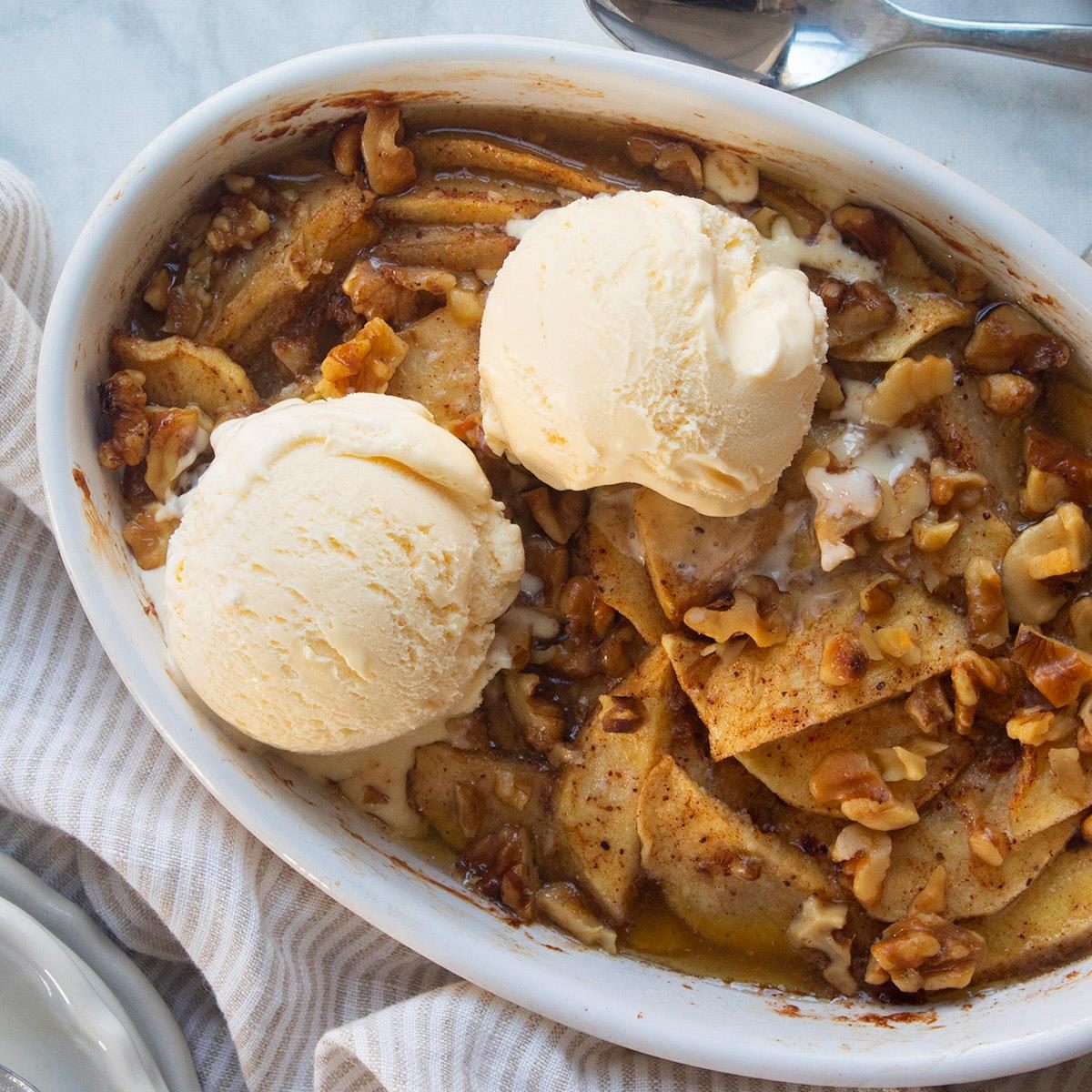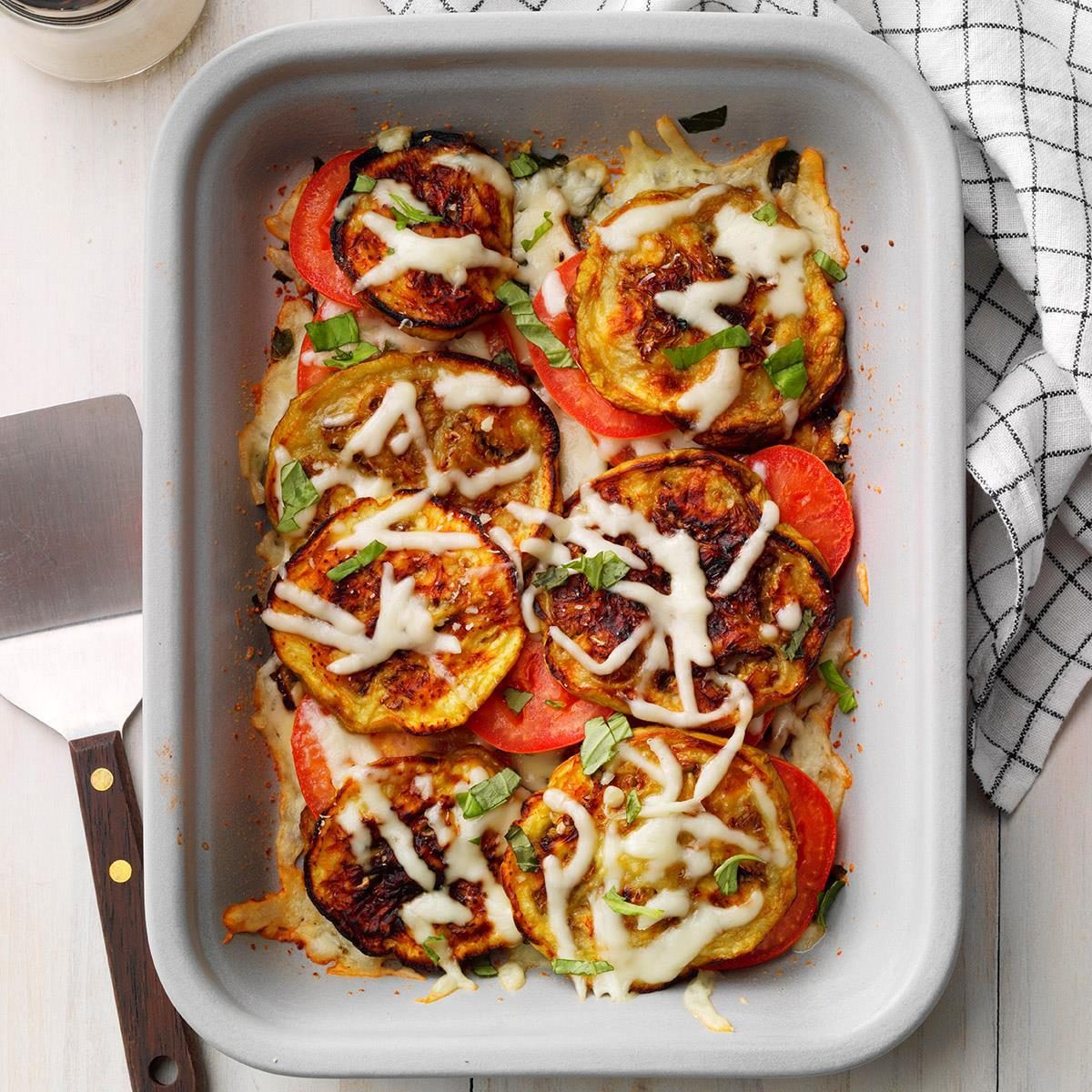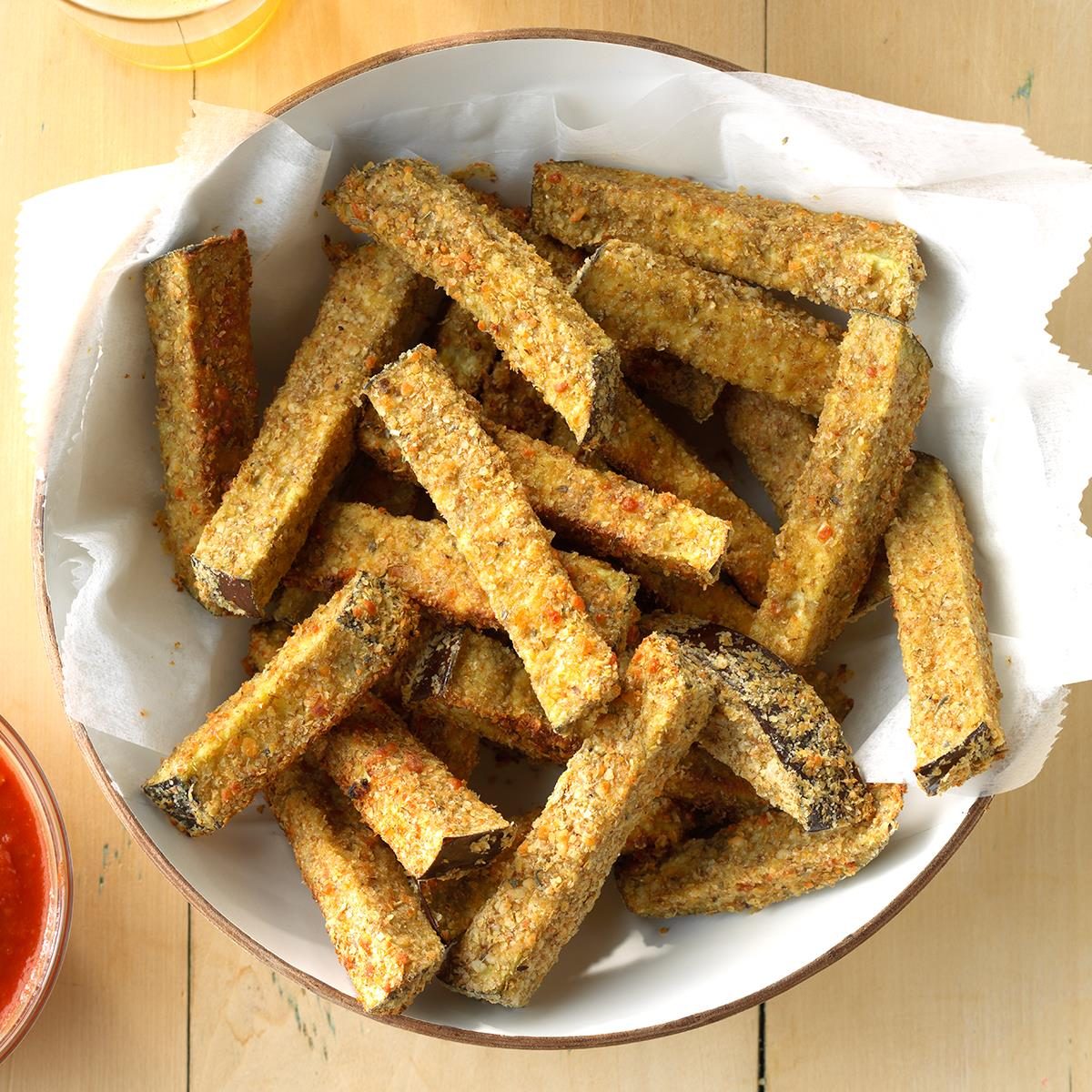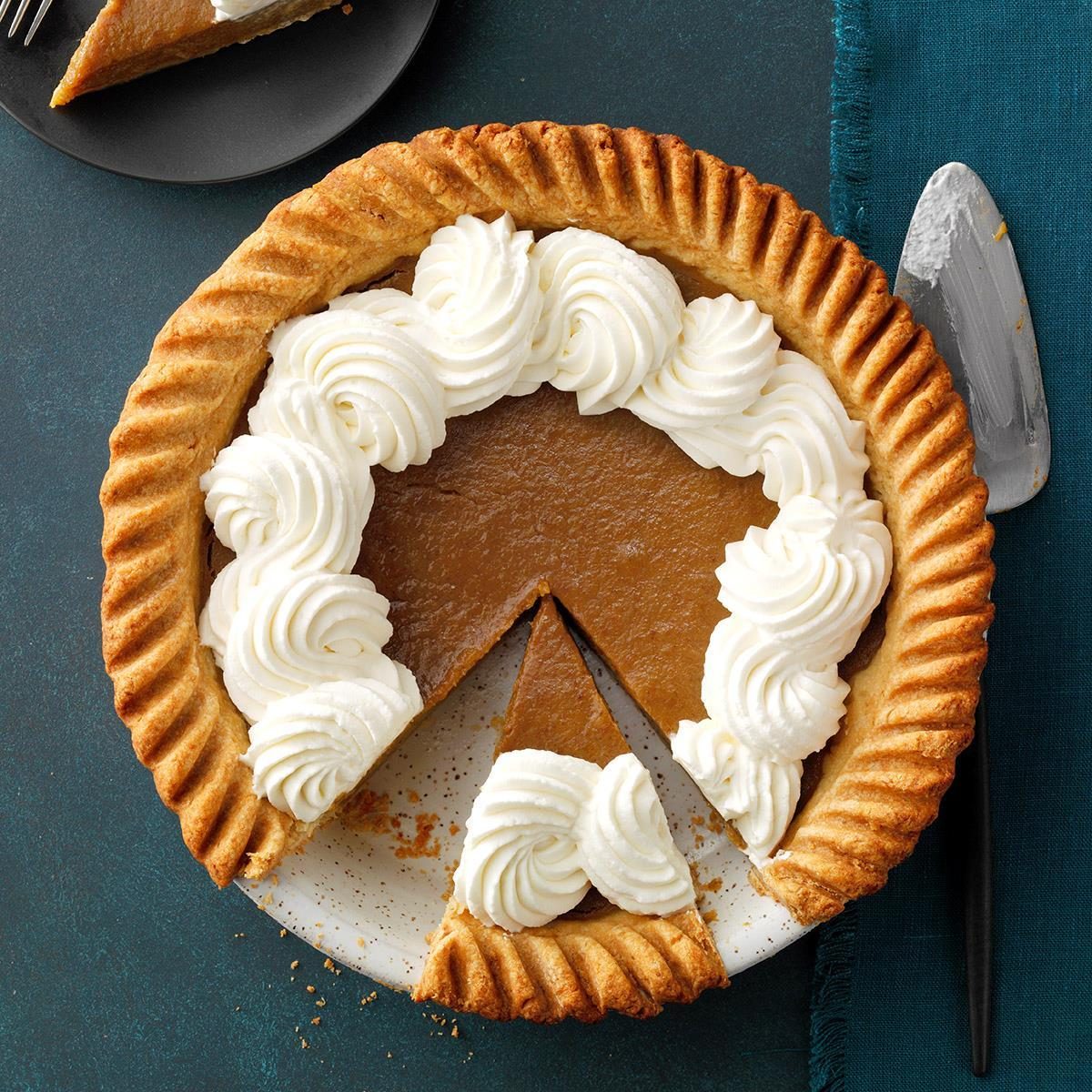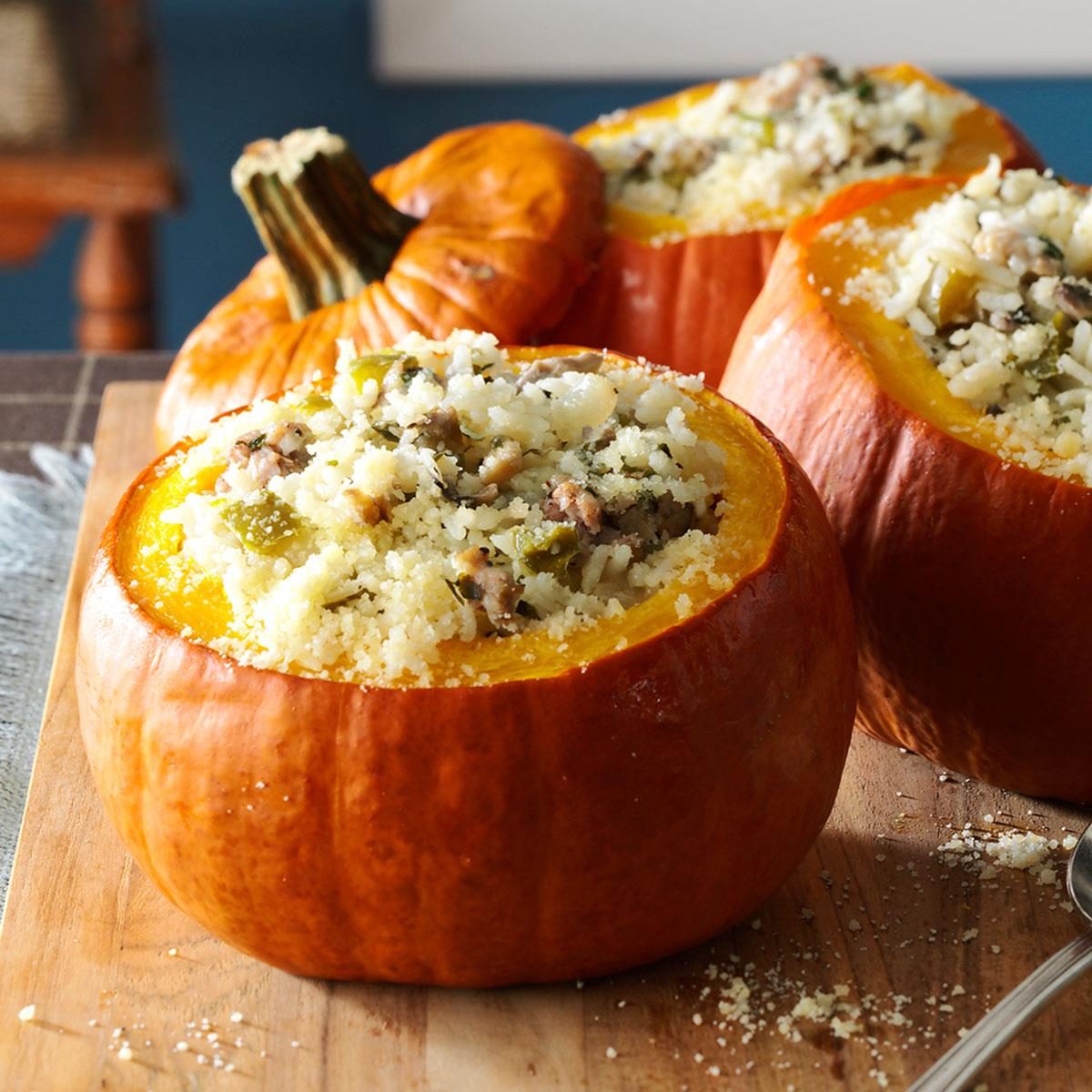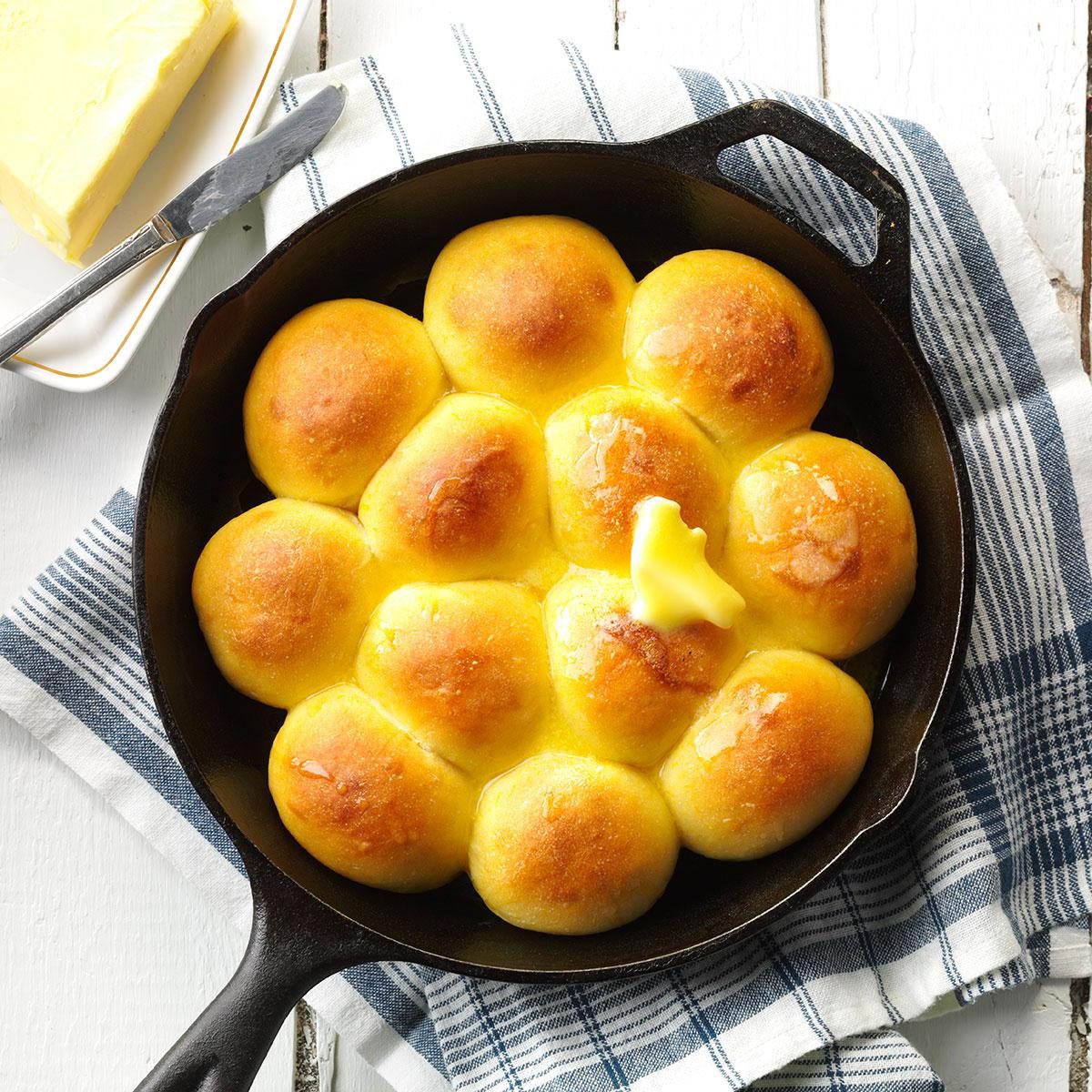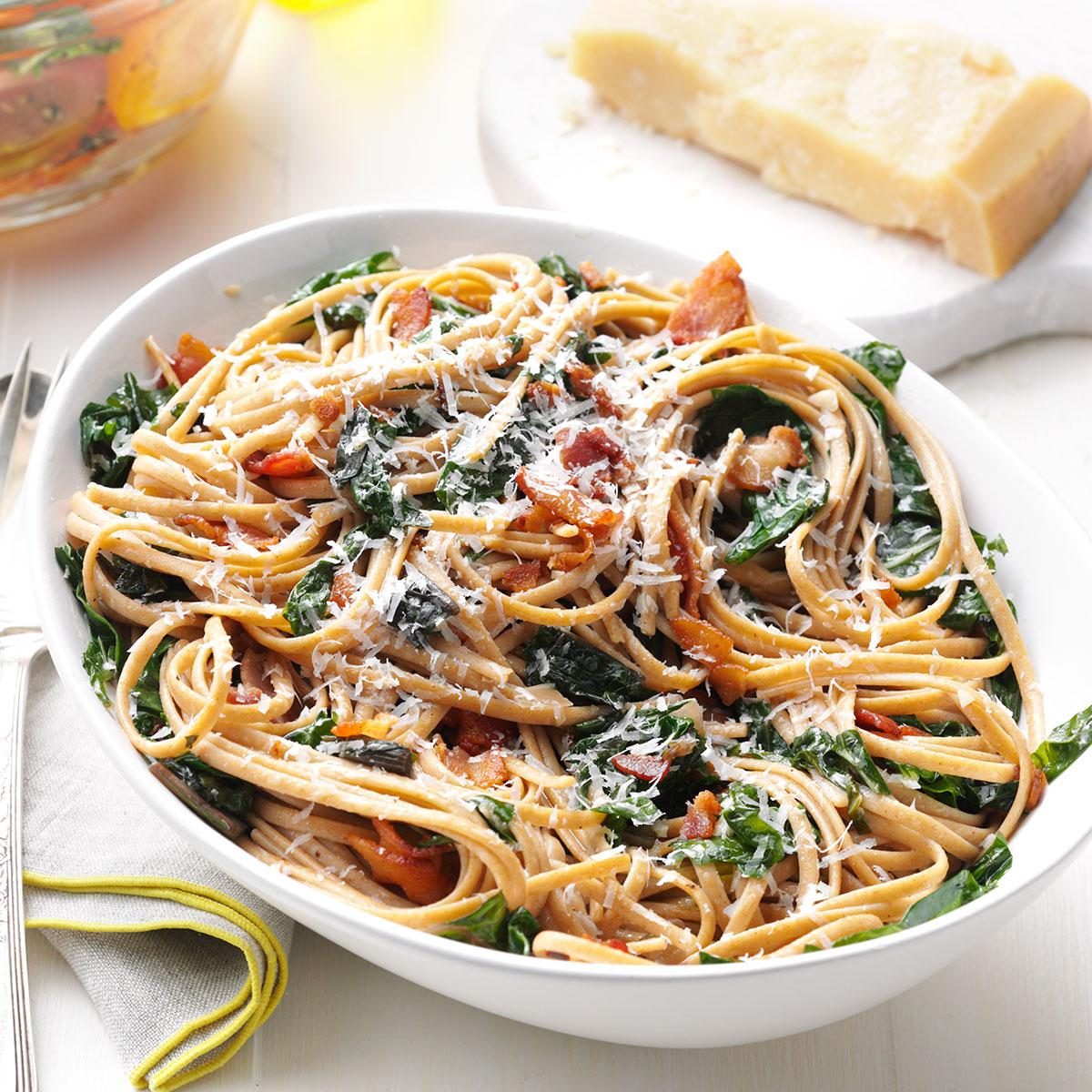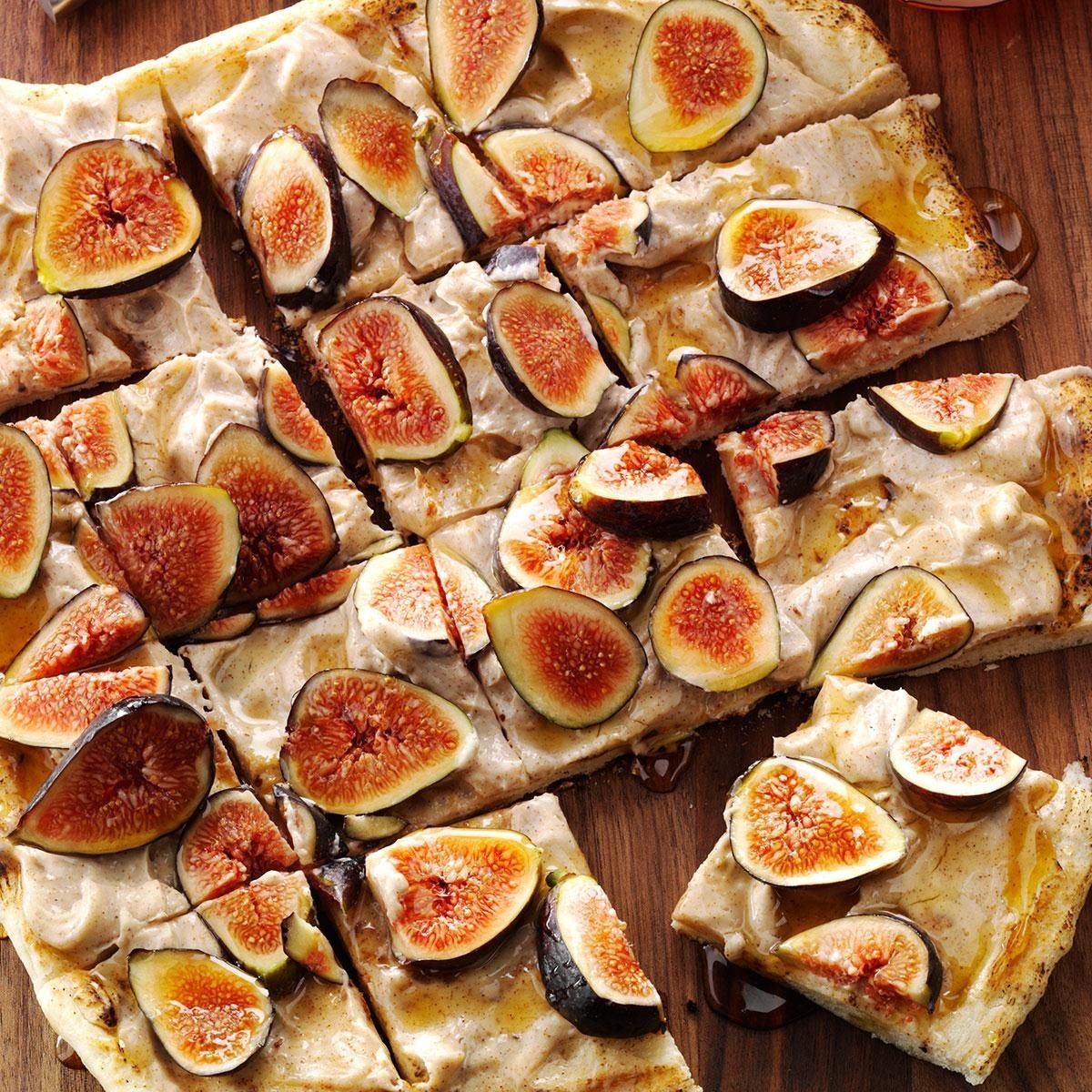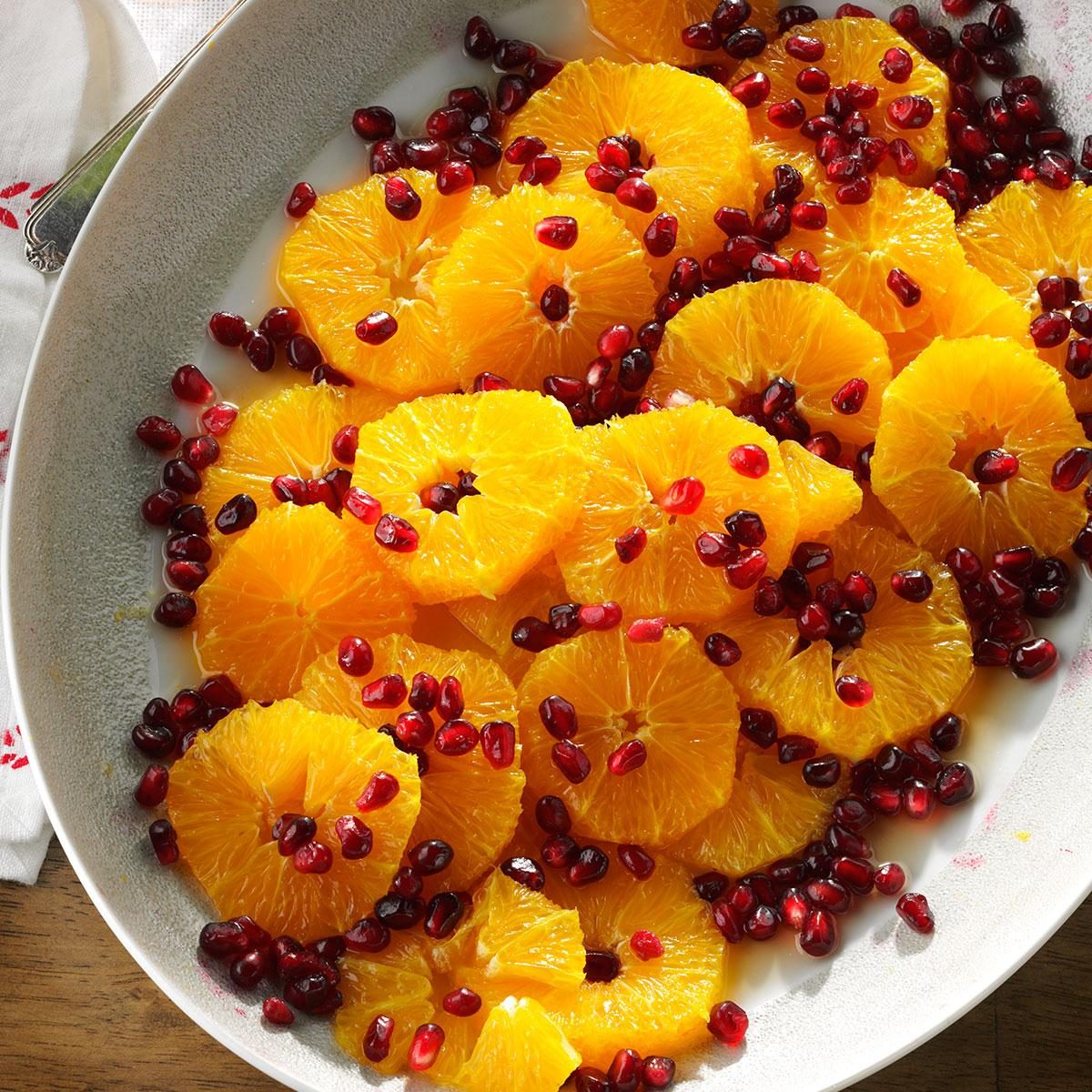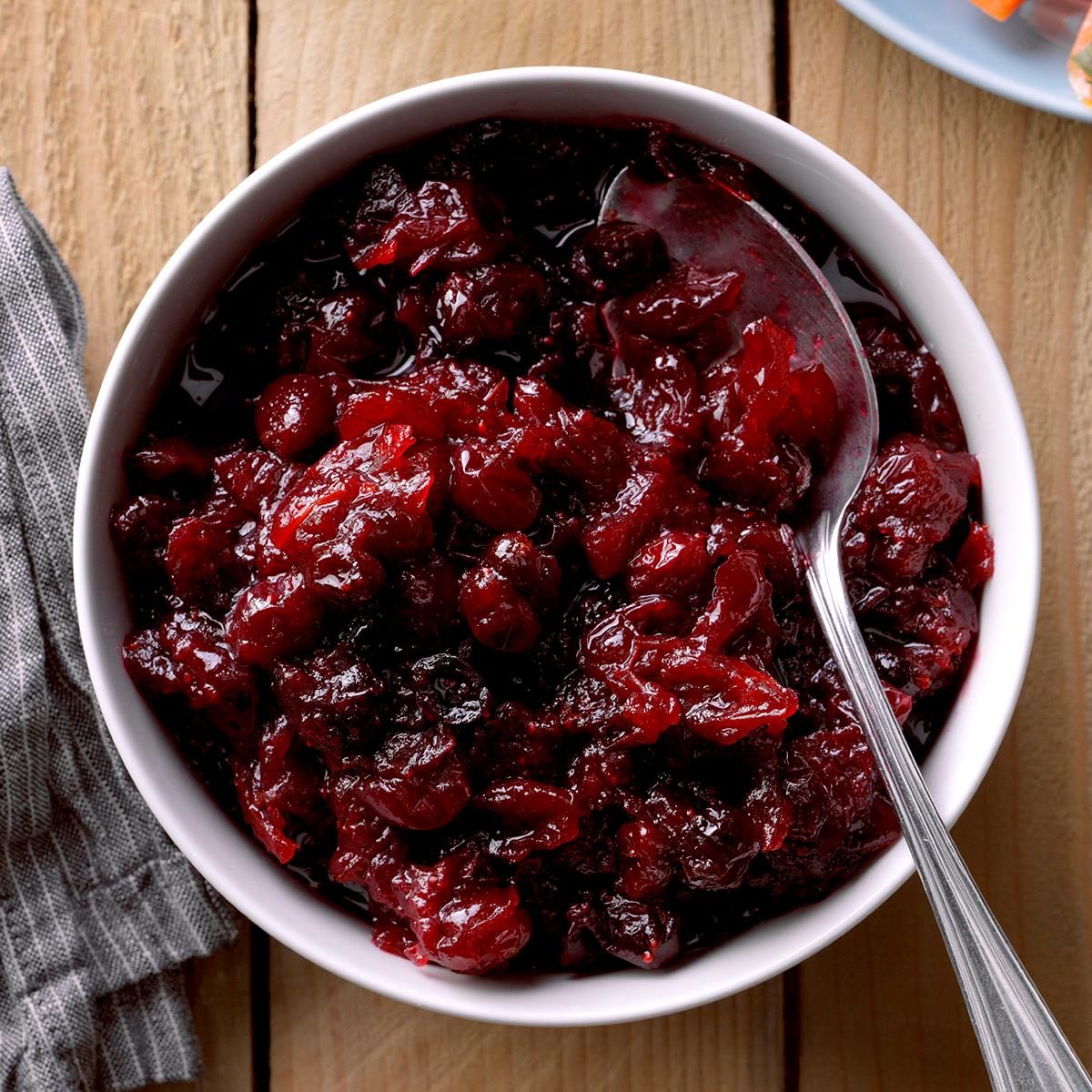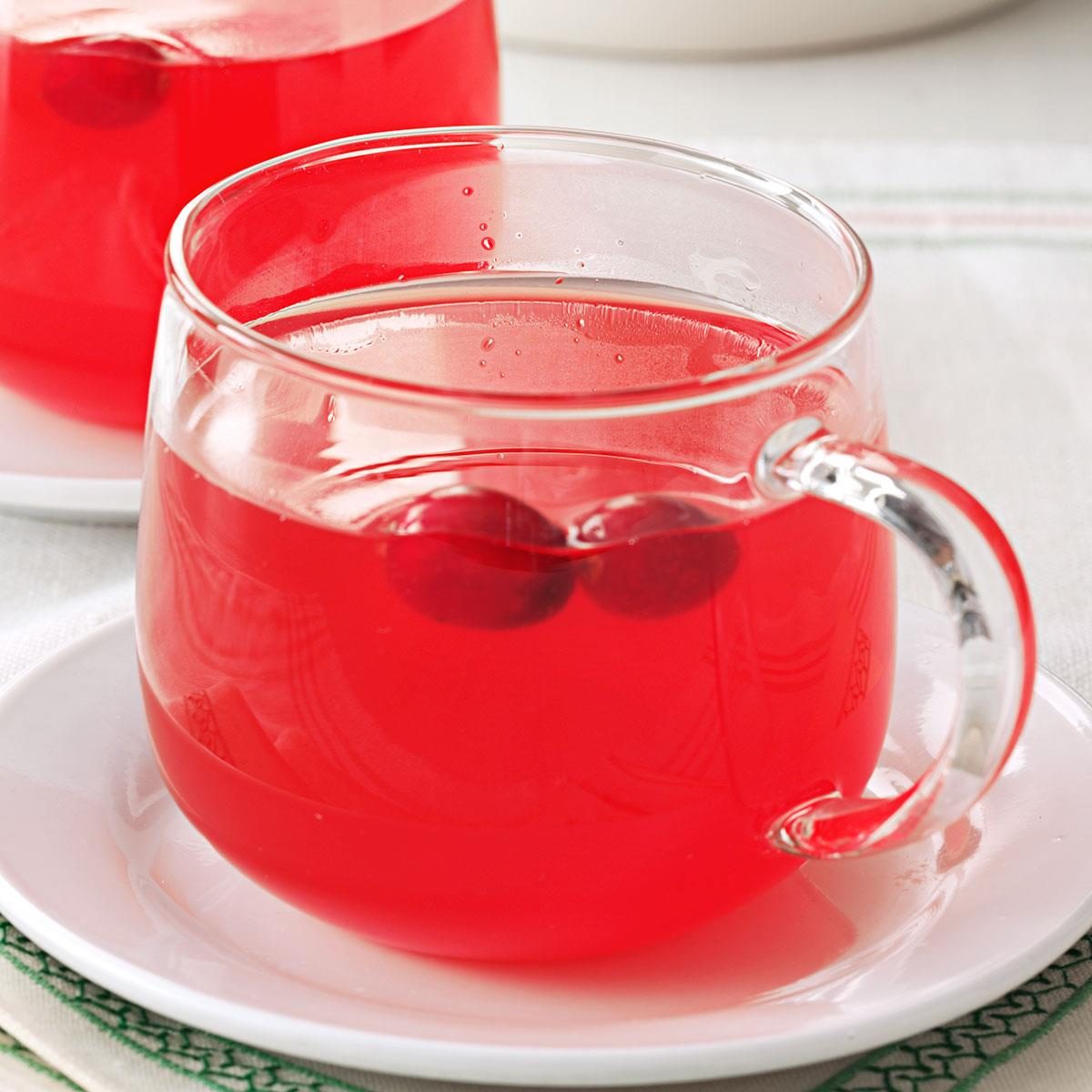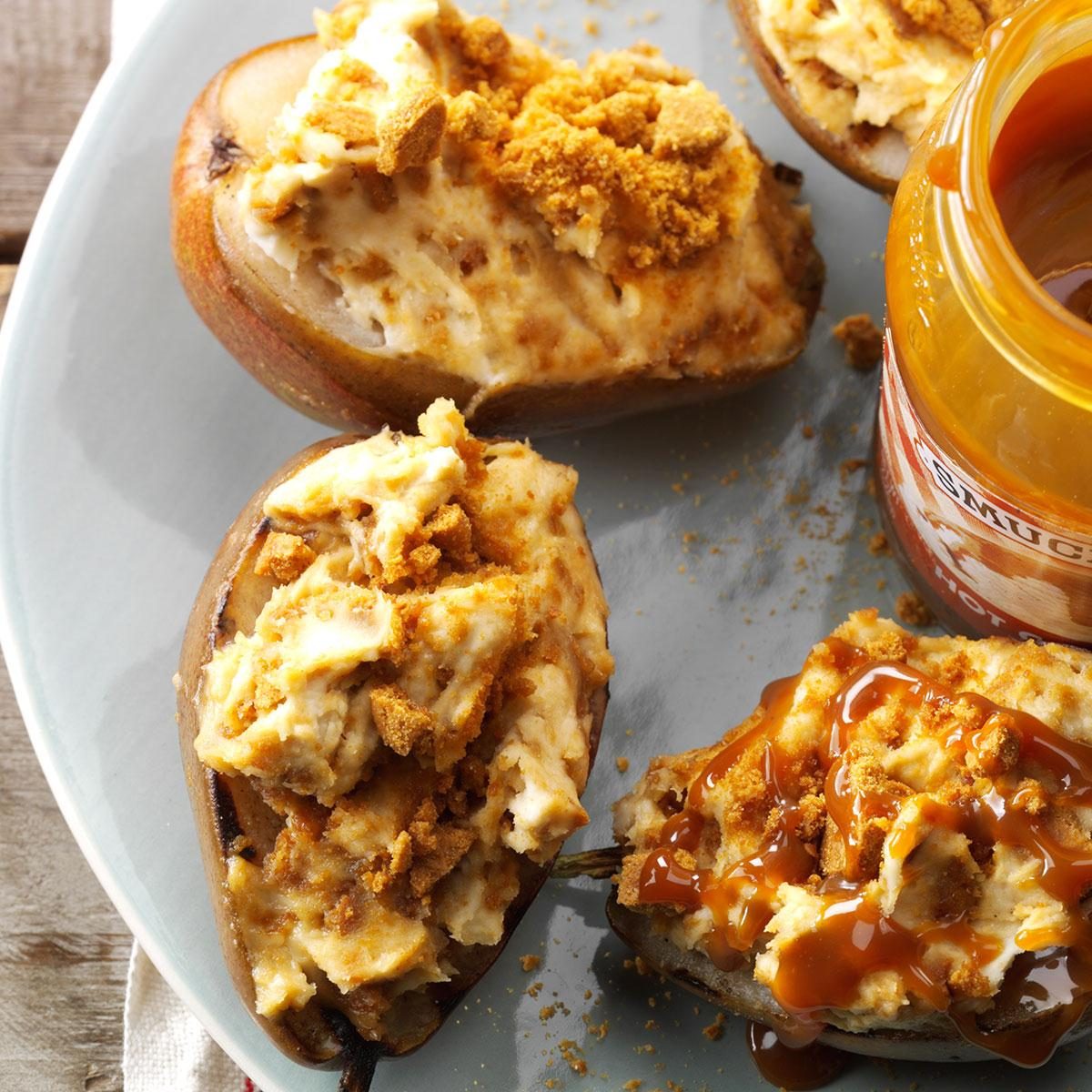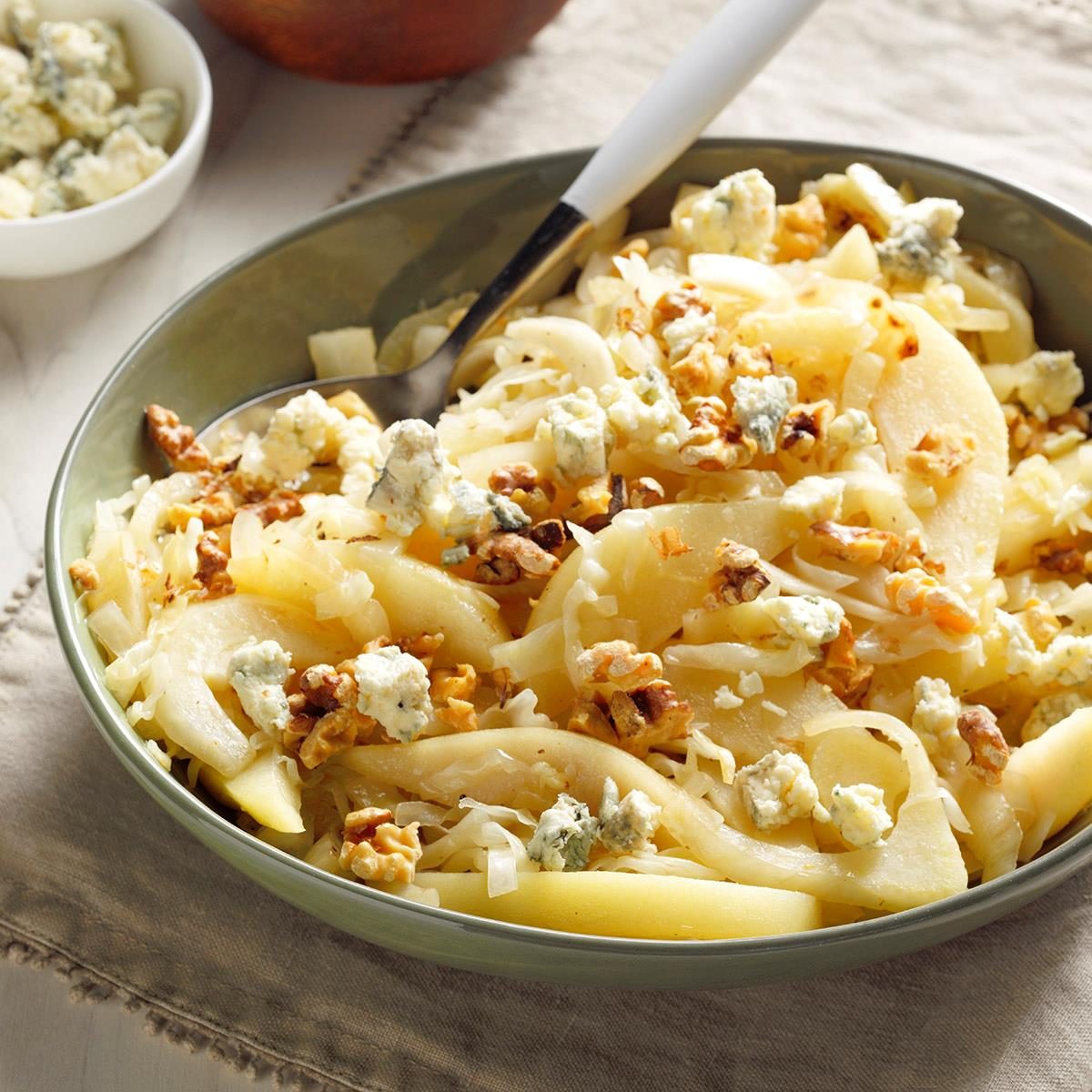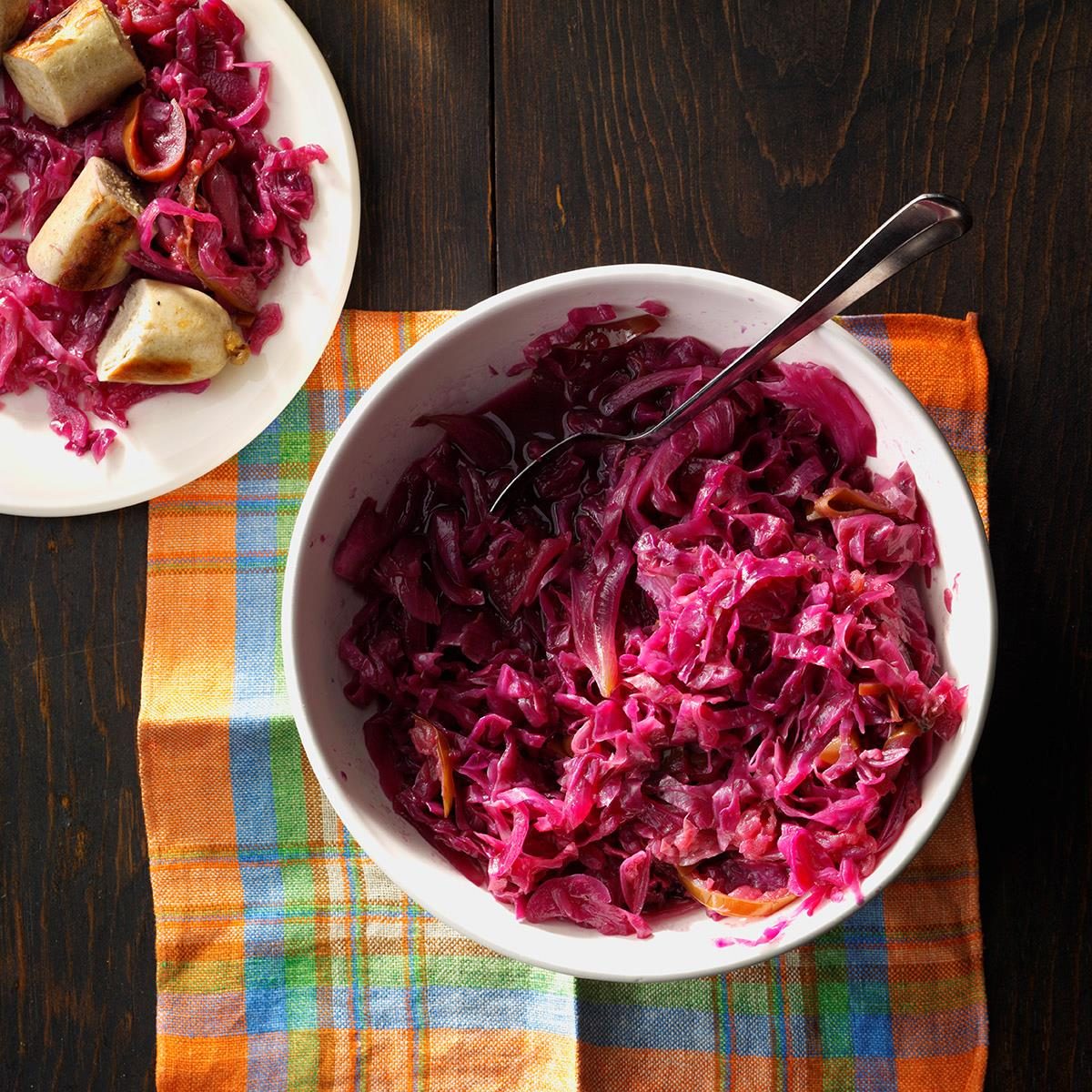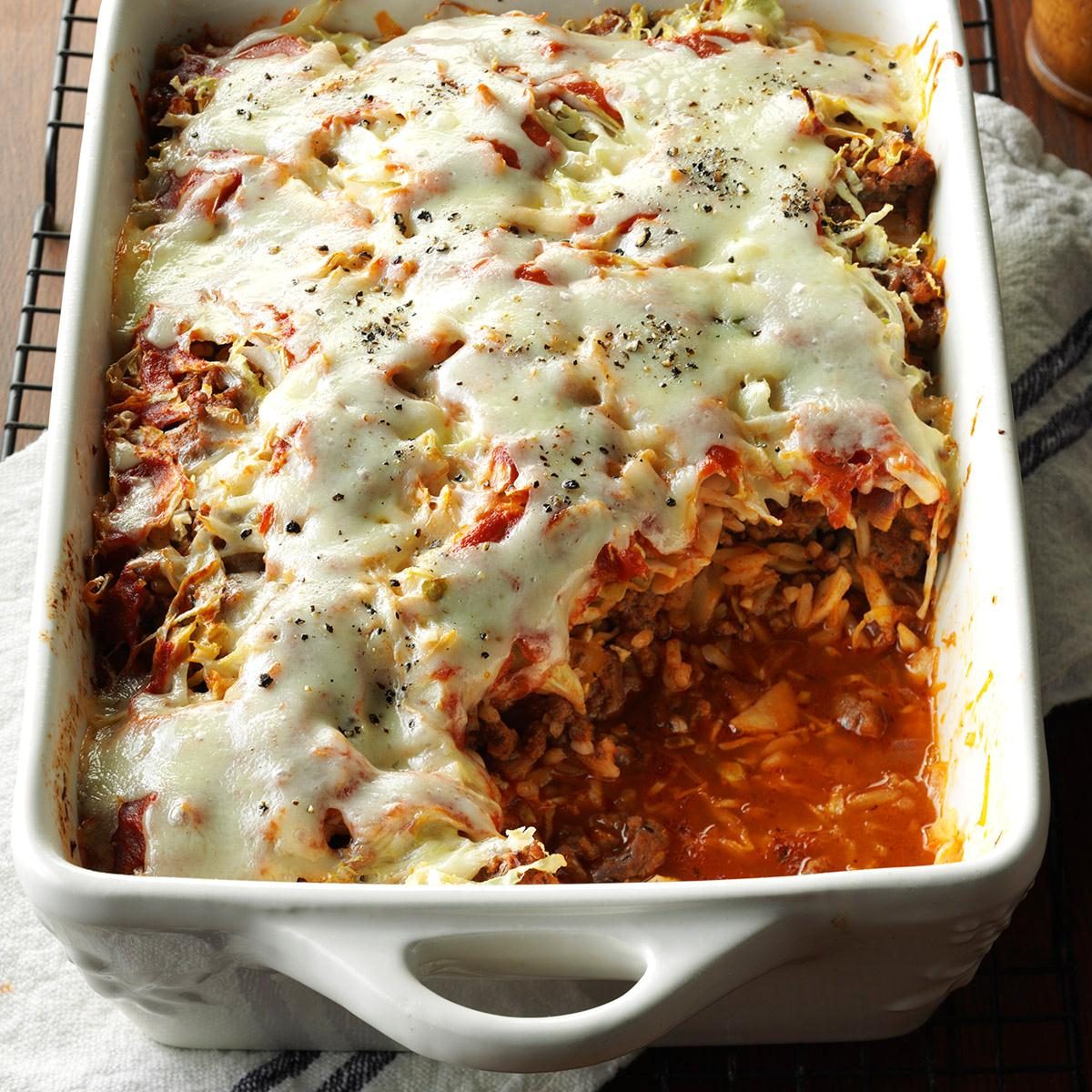There’s so much to love about autumn: cooler weather, fun outdoor activities, cozy clothing and, of course, amazing fall produce. To make the most of autumn, check out these vegetables and fruits at your local market. Squash, apples and pumpkin all make us feel like getting comfy in our favorite flannels.
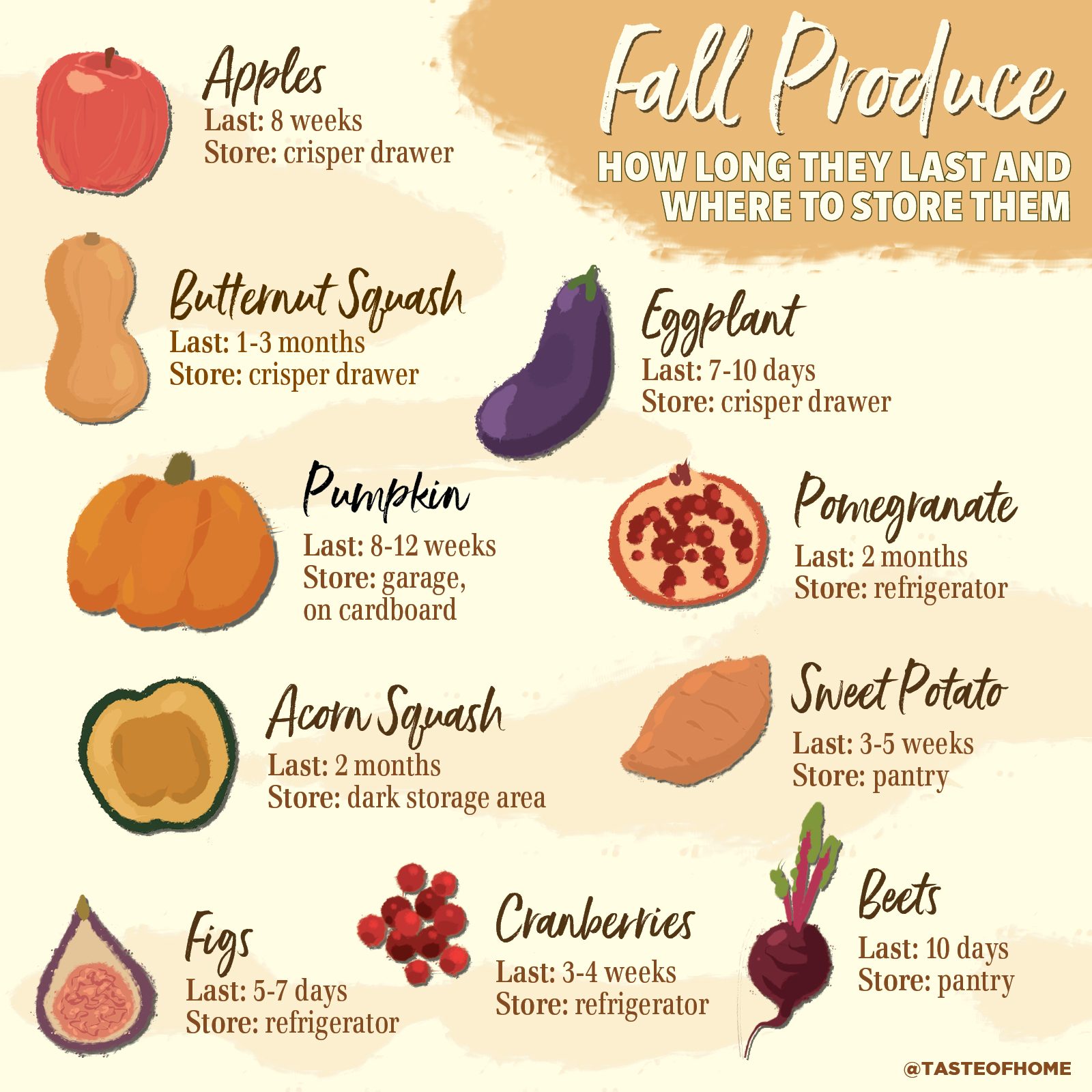
Apples
From McIntosh and Granny Smith to Ida Reds and Cortlands, there are dozens of apple varieties, and their flavors range from extremely tart to super sweet. The majority of apples are at their peak in September and October, so get your basket ready and head to a local orchard. Here are some apple picking tips to keep in mind.
How to store apples: Apples can be stored at room temperature for a week but we recommend storing apples in the fridge. They’ll keep crisp and fresh for one to two months.
What to make: Once you’ve baked your favorite apple pie, try out our favorite apple recipes.
Eggplant
Eggplants are mellow, spongy vegetables known for their glossy, purple skin. They’re in season from late summer through fall, so you’ll see farm-fresh eggplants starting in late July or August through most of autumn.
How to store eggplant: Eggplant will keep for about three days if stored at room temperature in a cool, dry spot.
What to make: Make this veggie the star of with these eggplant recipes.
Pumpkin
This popular variety of orange squash isn’t just for carving! Pumpkins can be transformed into an array of baked goods, from pies to bread and muffins, and they’re great to cook with, too, thanks to their subtly sweet, nutty flavor. If you use fresh rather than canned, be sure to cook with sugar pumpkins, as carving pumpkins aren’t farmed for eating.
How to store pumpkin: Uncooked sugar pumpkins are quite mighty, too—they last for about three weeks stored at room temperature.
What to make: You don’t need to limit yourself to pie. Try our fresh pumpkin recipes that go above and beyond.
Butternut Squash
There’s so much to love about butternut squash. It has a tan outer skin, bright orange flesh, pumpkinlike seeds and a lovely sweet, nutty flavor. (Follow these tips to choose the best butternut squash.)
How to store butternut squash: Whole butternut squash will keep for up to three months (wow!) when stored in a cool and dark place.
What to make: You can roast or mash butternut squash as a delectable side dish, or make it the star of your meal. See how in these butternut squash recipes.
Sweet Potatoes
Here’s another festive orange vegetable to indulge in during fall. Sweet potatoes, whose peak season starts in October, look similar to normal spuds on the outside, but they’re bright orange (or copper-tan) inside, with a sweet, starchy taste.
How to store sweet potatoes: If stored at normal room temperature, sweet potatoes will last for one to two weeks. Never store them in the refrigerator, since they are not tolerant to colder temperatures.
What to make: Sweet potatoes are great in sweet dishes and savory recipes. Try some of both.
Swiss Chard
If you’re not familiar with this leafy green, Swiss chard is a nutrient-rich vegetable similar to spinach and can have colorful red, orange or yellow stems.
How to store swiss chard: To keep your Swiss chard fresh, store it wrapped in a damp paper towel in your crisper drawer. It’ll keep for about two to five days when stored this way.
What to make: Swiss chard is great to put in salads, soups and mains. Check out some of our favorite Swiss chard recipes.
Figs
Fresh figs are a luxury—their sweet honeyed flavor and soft texture can’t be matched by any other fruit! This sweet fall fruit is available mostly in the fall, making it the perfect autumn dessert.
How to store figs: You can store figs in a plastic bag in the coldest area of your fridge for up to two days.
What to make: Eat figs on their own or check out our amazing fig recipes.
Pomegranate
The sweet, juicy red seeds of a pomegranate are undeniably delicious, but this fruit can be a bit intimidating to peel. Once you learn how to open a pomegranate and separate the seeds from the membrane, though, you won’t be able to get enough of its nutrient-rich goodness.
How to store pomegranate: Removed pomegranate seeds last about three days stored in the fridge.
What to make: Pomegranate seeds, known as arils, make a tasty snack on their own, but we also recommend these pomegranate recipes.
Acorn Squash
Acorn squash might not get the same publicity as pumpkins, but they’re every bit as delicious. Usually available starting in October, they have a green skin with distinct ridges and sweet yellow-orange flesh.
How to store acorn squash: Store whole, uncooked acorn squash for up to a month in a cool storage area or two weeks in the refrigerator.
What to make: Take this fall produce favorite for a spin this year with these easy acorn squash recipes.
Beets
Beets come into season in fall and are easy to find all winter long. Beets are easy to prep and cook—you can boil them, roast them and so much more.
How to store beets: Beet bulbs are best stored in plastic wrap in your crisper drawer for ten days. Or, learn to store beets throughout the winter, by packing them in boxes layered with damp sand.
What to make: Beets are surprisingly versatile. Find some of our favorite beet recipes ranging from salads to dips and main dishes, too.
Parsnips
In late fall, parsnips start to come into season. This root veggie walks the line between a carrot and a turnip. They are slightly sweet and a nice addition to many fall dishes.
How to store parsnips: Store parsnips in a cool, dark place for four to six months. You can also wrap parsnips in a damp paper towel and store in your vegetable drawer. (They’ll last about two weeks if stored in the fridge.)
What to make: Cook parsnips the way you would other root vegetables or use ’em in our favorite parsnip recipes.
Cranberries
No fall produce roundup would be complete without cranberries, which are typically harvested starting in mid-September. These red berries are pretty sour if you eat them fresh, but they make an amazing ingredient in holiday desserts and side dishes.
How to store cranberries: Fresh cranberries keep for three to four weeks stored in an airtight bag in your refrigerator’s crisper drawer.
What to make: Put these berries to good use in our Test Kitchen’s favorite cranberry recipes.
Pears
Tender, sweet and juicy, pears are one of the finest fall fruits. We love ‘em poached in wine sauce and paired with pork tenderloin.
How to store pears: If you want to keep your ripe pears in tiptop shape, store them in the refrigerator for about three to five days. If your pears aren’t fully ripe, leave them out at room temperature until their skin darkens. Once they’re fully ripe, feel free to move them on over to the fridge.
What to make: Pears complement sweet and savory dishes alike. Here are a few pear recipes you’ll make again and again.
Brussels Sprouts
If you still wince at the sight of Brussels sprouts, you haven’t experienced a fantastic take on them yet. (Trust me, they exist.) These nutty, savory morsels are a must-have fall staple.
How to store Brussels sprouts: Store them in a plastic bag in your refrigerator’s crisper drawer for up to a week.
What to make: Let’s be real, Brussels sprouts do get a bad rap. Here are a few Brussels sprouts recipes even picky eaters will enjoy.
Cabbage
Last, but certainly not least, it just isn’t fall without grabbing a cabbage head from the market.
How to store cabbage: Store unwashed cabbage heads in the refrigerator. They’ll last for about one to three weeks.
What to make: You’ll crave these cabbage recipes all season long.
With all the different types of fall produce available, there’s no excuse to eat the same old weeknight meals. Try out a new recipe or two using fresh local produce. You may discover a new family favorite.
The post What’s in Season? Here’s How to Cook and Store Your Favorite Fall Produce appeared first on Taste of Home.
Camryn Rabideau


